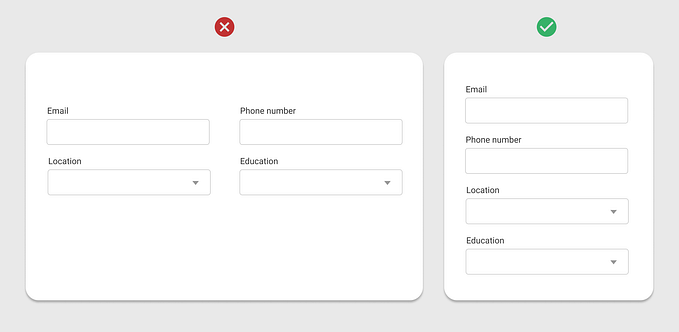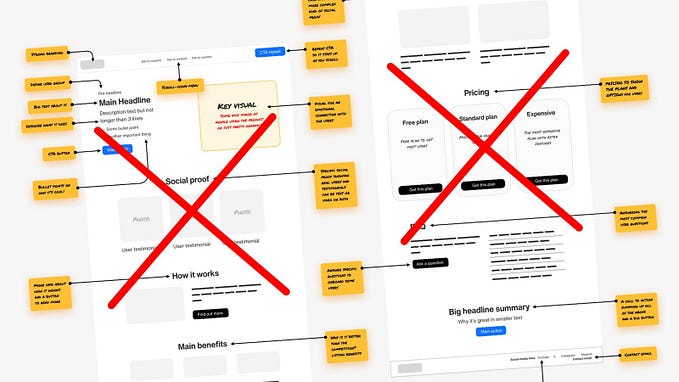Member-only story
Web accessibility requirements in the EU
In effect by mid-2025.

Depending on your field of work as a UX designer, you may have come across accessibility requirements from time to time. These requirements dictate how digital products must comply with accessibility standards, to make the product more accessible to all users, including users with disabilities.
In the EU, a significant change is coming. From mid-2025, all private companies must comply with a new set of accessibility requirements to improve usability for users with disabilities. Government institutions in Denmark already follow these regulations by law, but now the private sector must comply as well.
The deadline is Approaching
The Web Accessibility Directive (WAD) primarily targets public sector websites and applications. However, the game is changing with the introduction of the European Accessibility Act (EAA).
As of a deadline set by the European Union and the EAA, within June of this year (2025), most private companies should have made changes and adjustments to adhere to the new EAA.
As of the 28th of June 2025, the EAA will come in to effect.
The EAA aims to standardize accessibility requirements across EU countries, replacing fragmented national laws.
But first let’s travel back in time an have a look at how the EU’s accessibility requirements have evolved over time.

The EU didn’t do this overnight
For many designers in the private sector this may come as a bit of a surprise and may be accompanied by an increase workload because of the rapidly approaching deadline.
But this is by far something the EU just have come up with overnight and the backing of this is quite large according to studies done on this topic.
A study done in 2015 by the EU, with the goal of assessing the impact. With the study focus on the approximation of the laws, regulations and administrative provisions of the Member States as regards the accessibility…








